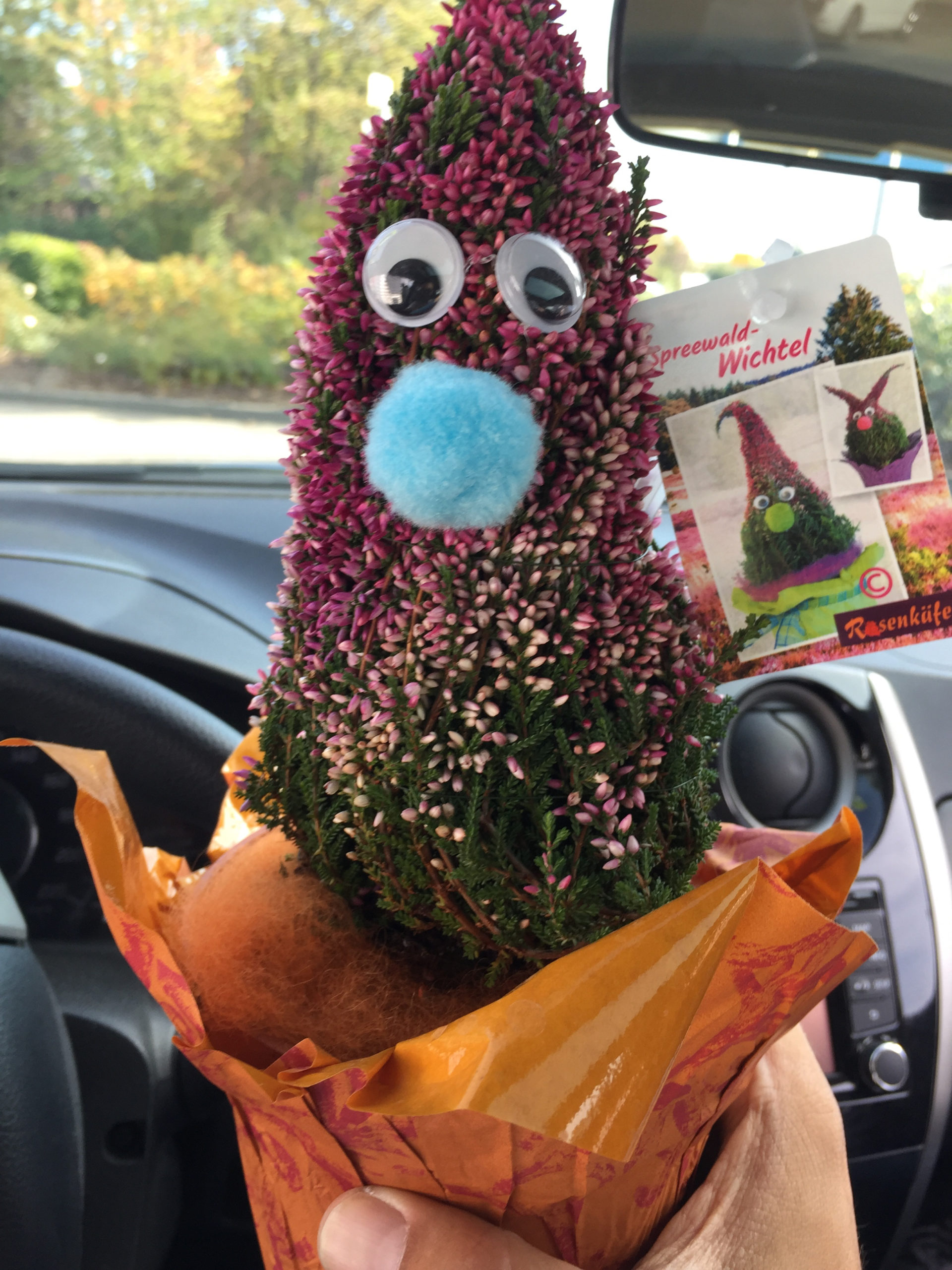Robots struggle with the social cues that make up group
dynamics, and humans struggle to trust AI systems that are too
heavy-handed (Credit: Getty Images)
Collaborating usually makes our work better – but keeping a
team on task is not easy. Now, researchers are finding that
machines can bring out the best in group work.
It’s long been recognised that when groups of people come
together to solve a problem they can become more than the sum of
their parts. The ‘wisdom of the crowd’ has been acknowledged as
far back as Ancient Greece, when Aristotle noted that many
unremarkable men often make better collective judgments than great
individuals.
Multiple people weighing in on a problem might intuitively seem
to lead to a better outcome, but as any manager will tell you,
keeping a large team on task is not easy. However, recent advances
in artificial intelligence (AI) could make harnessing this
collective wisdom much easier, making us more effective at our jobs
and better able to solve pressing social challenges.
“We know that the future of work is all about collaboration
and problem solving,” says Peter Baeck, who leads the Centre for
Collective Intelligence Design at Nesta, a UK charity that funds
and promotes research into groundbreaking ideas. “One of the most
obvious opportunities is using AI to better create connections
within often quite chaotic messy networks of people who are working
on a common challenge.”
The biggest factor affecting how collectively
intelligent a group can be is the degree of coordination among its
members – Anita Woolley
The biggest factor affecting how collectively intelligent a
group can be is the degree of coordination among its members, says
Anita Woolley, a leading expert in organisational behaviour at
Carnegie Mellon University. Smart tools can be a boon in this area,
which is why Woolley is working with colleagues to develop
AI-powered coaches that can track group members and provide prompts
to help them work better as a team.
“The roles these [AI] tools can play are virtually endless,”
says Woolley. “Fostering communication among the different
components, reminding people of stuff they might have forgotten,
being a repository of information, helping the group coordinate its
decision making.”
Originally published
By Edd Gent |13th May 2020
BBC | Worklife




